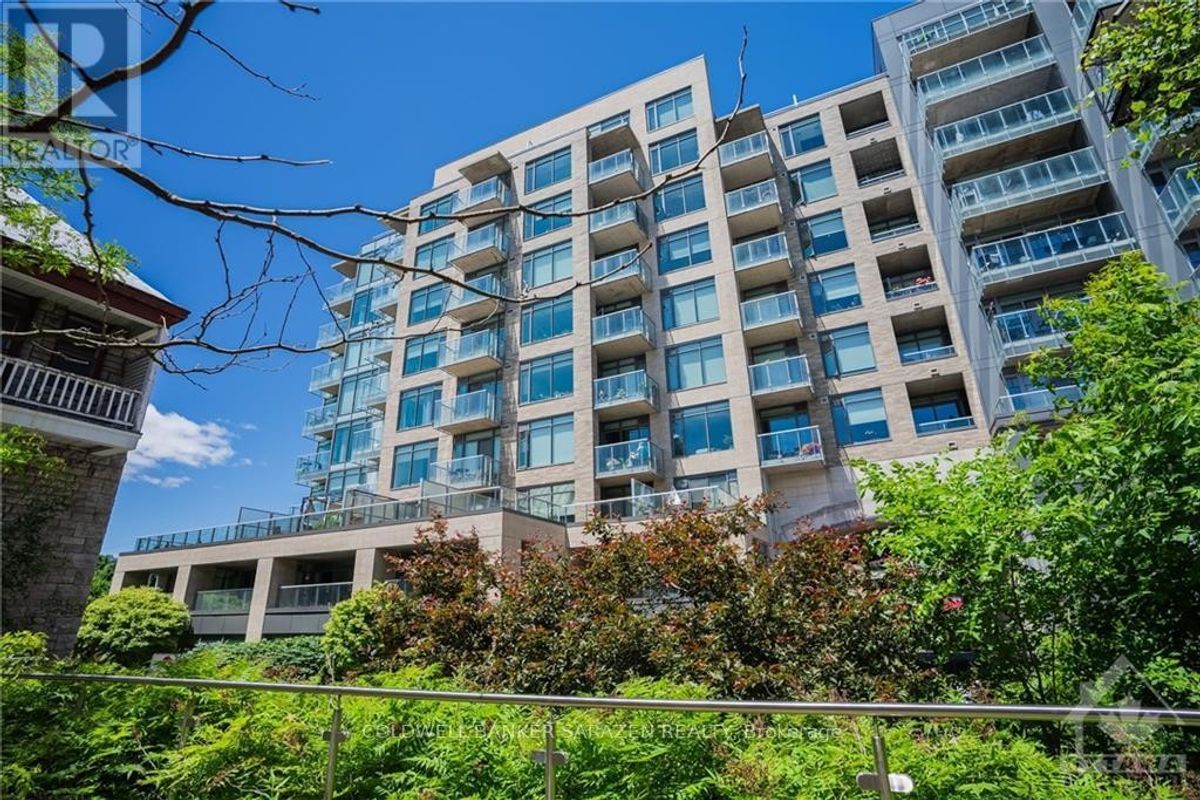The two cities with the highest office vacancy rates in the nation, Calgary and Edmonton, both had strong third quarters, according to reports published by Avison Young in the past week.
In Calgary, the downtown office market saw a positive absorption of 34,019 sq. ft in Q3, while the suburban office market saw a positive absorption of 240,459 sq. ft. Avison Young calls the former a "positive shift" after minimal growth in the first half of the year and the latter a display of adaptability that offsets negative absorption through the first half of the year.
Over in Edmonton, the downtown office market saw a positive absorption of 82,435 sq. ft while the suburban market saw a positive absorption of 82,994 sq. ft. That 165,429 sq. ft of total absorption was the highest Edmonton has seen since Q3 2018, Avison Young says, and is a "notable resurgence."
Accordingly, vacancies are down (slightly) across the board in both cities' downtown and suburban markets. Overall, Calgary now has an office vacancy of 23.6% while Edmonton is sitting at 17.3%.
What has been seen in Calgary and Edmonton can both be attributed to increased market activity.
Calgary
The office market in Calgary has historically been driven by the oil and gas industries, but a significant amount of investment is now going towards clean energy technologies, positioning the city's office market for growth in the coming years that will also benefit adjacent industries such as engineering and tech — so much so that Avison Young says "the distinction between tech and energy is becoming more arbitrary in Calgary."
Alberta also continues to set new records when it comes to net migration into the province, with 184,400 entering Alberta so far this year, and Avison Young notes that job postings have risen sharply, with more and more in-person requirements.
A bit of a notable exception, Avison Young points out, is with AA office space. Despite this segment of the office market having a relatively low vacancy rate (16.3%), it hasn't translated into significant absorption or a significant decline in vacancy.
"The reason behind this [is] high construction costs," says Avison Young. "Many occupiers are deciding that staying put and paying higher rent is still the cheaper option compared to moving."
Edmonton
Avison Young calls this past quarter's absorption in Edmonton "atypical" as a result of a large amount of leasing activity from educational institutions.
The first was the Classical Academy Charter School, which signed a five-year lease for 61,236 sq. ft in the former Service Alberta Building located at 3720 76th Avenue. The second was NorQuest College signing a lease for 63,000 sq. ft within the Intact Building located at 10822 Jasper Ave.
The two institutions made up most of the space that was absorbed in Q3 and is a feat that may not be repeatable immediately, although Avison Young notes the various educational institutions are collectively planning for 15,000 new students in downtown Edmonton.
The larger economy is also weighing down the office market.
"The prolonged period of high interest rates will continue to pose a financial challenge for many office building owners," says Avison Young. "Several office buildings have already faced insolvency, a trend that we expect to continue after a sustained environment of high cost debt."
Office-to-residential conversions also remain a big factor in both the Calgary and Edmonton office markets. Calgary began its office conversions en masse after creating its incentive program several years ago, with some of the conversions set to be completed as soon as early 2024. A total of 10 conversions are currently underway, with seven more that have yet to be announced, and the City of Calgary recently announced that it is temporarily pausing intake on applications while it works to secure further funding to satisfy the tremendous uptake.
Meanwhile, Edmonton is in the process of finalizing its own incentive program, which was originally scheduled to be announced in September but has been delayed several times, most recently to the end of this month. As previously reported by STOREYS, that program is expected to provide $100 per sq. ft of converted office space, with the possibility of property tax relief, and anywhere between six and 10 office buildings will likely be converted through the program.
Until then, however, the office vacancy in Edmonton may get a bit worse before it can get better.





















